Claudia is from Cagliari (Sardinia) and is obsessed with travelling. A former human rights lawyer and academic, after devoting her life to the protection of cultural identity, in November 2013 Claudia decided to give in to her biggest passion and started travelling around Latin America, and she has hardly stopped since. Blogging came as a natural consequence, for Claudia wanted to let her family and friends be updated with her adventures. You should check out her blog, My Adventures Across the World You can connect with her at Facebook and Twitter.
In Claudia’s own words why she feels you should not skip a visit to Bogotá when travelling to Colombia.
Colombia is an incredible country, so big that you may easily spend months there without really visiting all of it. There are loads of places to explore, and environments vary greatly: the beautiful Cartagena, in the Caribbean North, is a world away from the Andean glaciers and the desert of Tatacoa; the capital Bogotá is not even comparable to the cloud forest and the isolated Amazon basin. And together with the many large cities such as Bogotá, Medellin, Barranquilla and Cali, there are several lovely small colonial cities.
I spent a month in Columbia, and although I visited quite a few places, I still have it on my bucket list as one of the countries I would like to explore more. One thing I know for a fact is that a visit to Colombia isn’t complete without having explored Bogotá, the heart of the country, where you will get a good understanding of the culture and people.
The enormous capital of the country takes your breath away, quite literally. Yes, it may be pretty (it is all a matter of personal opinion, I believe), but what I really refer to is its altitude and the pollution: at 2600 meters above sea level and almost 8 million inhabitants, the air in Bogotá is thin and contaminated by the exhaust of the many cars circulating, not to mention the constant noise of honking and incessant traffic.
Surely, the city is not what you would imagine. One thinks Colombia and for some reason imagines a tropical paradise with constant sun and pleasant temperatures. Well, Bogotá is nothing like that: the average temperature there is 14 degrees Celsius, and it rains every single day. No wonder Colombian expats in England and Ireland don’t have a hard time adapting to the weather. So, if you plan to visit, don’t forget to pack some warm clothes, a raincoat and an umbrella, and perhaps even a pair of wellies.
Bogotá is an interesting city, with lots of attractions, and you can easily spend a few days wandering its museums and enjoying the lively atmosphere, its social and political scene and its street art. The contrast between the elegant colonial buildings of the historic “barrio” of La Candelaria and the glittering skyscrapers make it yet more intriguing.
If you only have two or three days to spend in town before moving to explore the rest of Colombia, I recommend visiting at least the main attractions of Bogotá. Plaza de Bolivar is the heart of the historic town, although a bit of a mishmash of architectural styles. The Catedral Primada, located on the western side of the plaza, is Bogotá’s largest church and can be visited for free. The Capilla Del Sagrario is right next door and it is the only colonial building on the square, and as well as the cathedral it is free to visit.
La Candelaria is the main historic center of Bogotá, located east of Plaza de Bolivar, and it is just a nice neighborhood to walk around along the cobbled alleys and to explore the many museums, or enjoy the theatres and cafés.
Museo Del Oro: one of the unmissable museums in town, according to many, this is the most important gold museum in the world. Many travel to Bogotá just to visit it!
Museo Botero: my personal favorite, this great gallery was founded by a donation from Colombia’s most famous artist, Fernando Botero, whose works are exhibited along those of other famous artists such as Picasso, Mirò, Renoir, Dali, Matisse and Monet.
Cerro de Montserrate: is a peak that towers over Bogotá, at 3200 meters above sea level, but it is more than a simple mountain. Bogoteños are proud of it. You can hike up there (better if you do it with someone else, as occasional muggings on the way occur) if you are up for the challenge of the 1500 steps to the top. There is also a funicular and a teleferico going to the top. The view of the city from up there is spectacular, if you manage to go on a clear day. It is also better to go in the morning, when the exhaust smoke from the cars hasn’t clouded up the city yet. There is a nice park to visit at the top, too.
The tricky thing about Bogotá is that the nicest area to visit, La Candelaria, lacks decent places to eat. If you decide to stay there, you will have to resort to street food or to going to other areas of town to have a good meal, or risk dissenteria by eating in one of the Chinese eateries that appear to be the only open places after 6 pm. Another option is to actually stay at a good hostel with a properly equipped kitchen to prepare your meals.

For as busy, lively and noisy at is it during the day, La Candelaria becomes incredibly quiet at night. But there are some good pubs. The best one is the Bogotá Beer Company pub – there are several around town, in La Candelaria you can find it in Calle 12D No. 4-02. Beer is great there, although a bit on the expensive side.

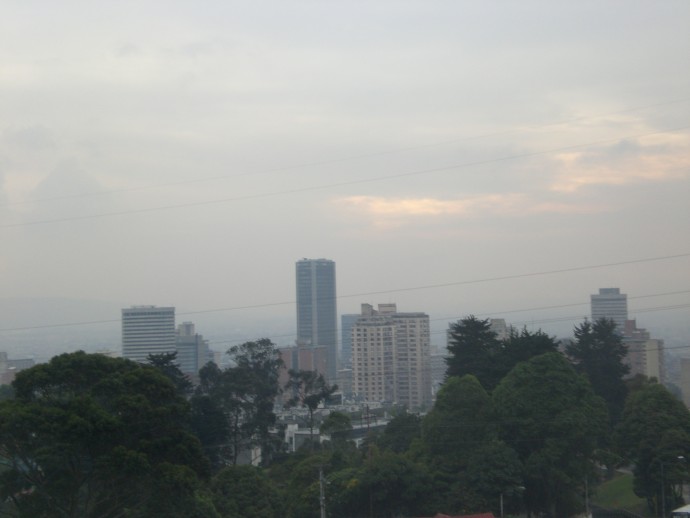

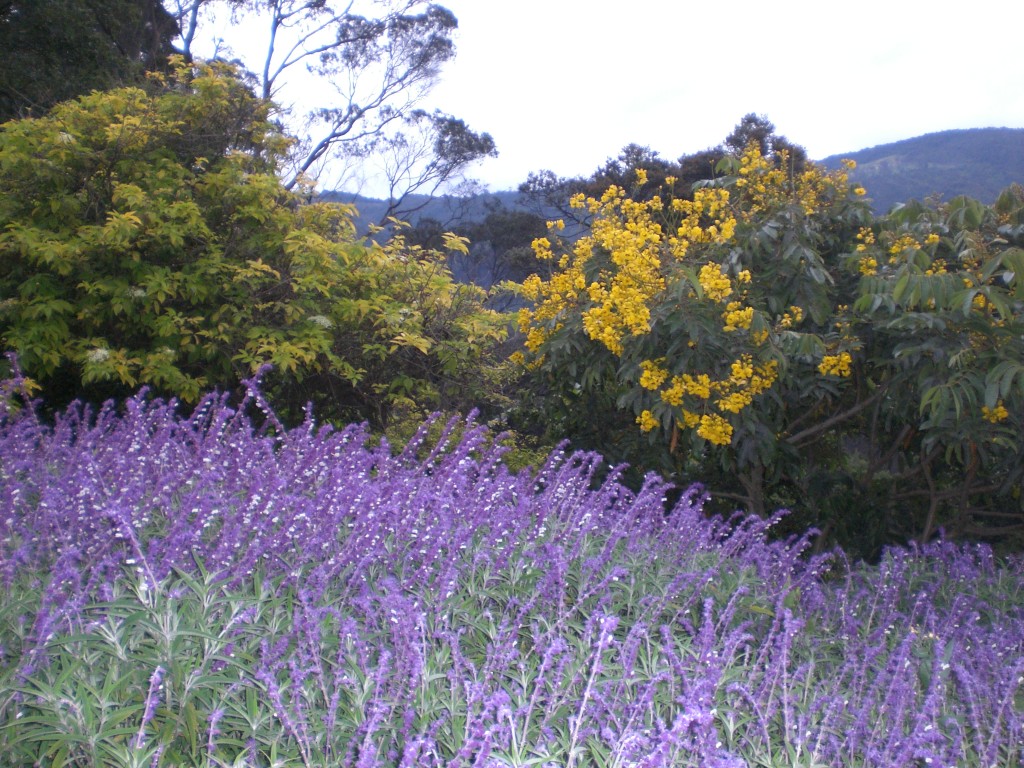
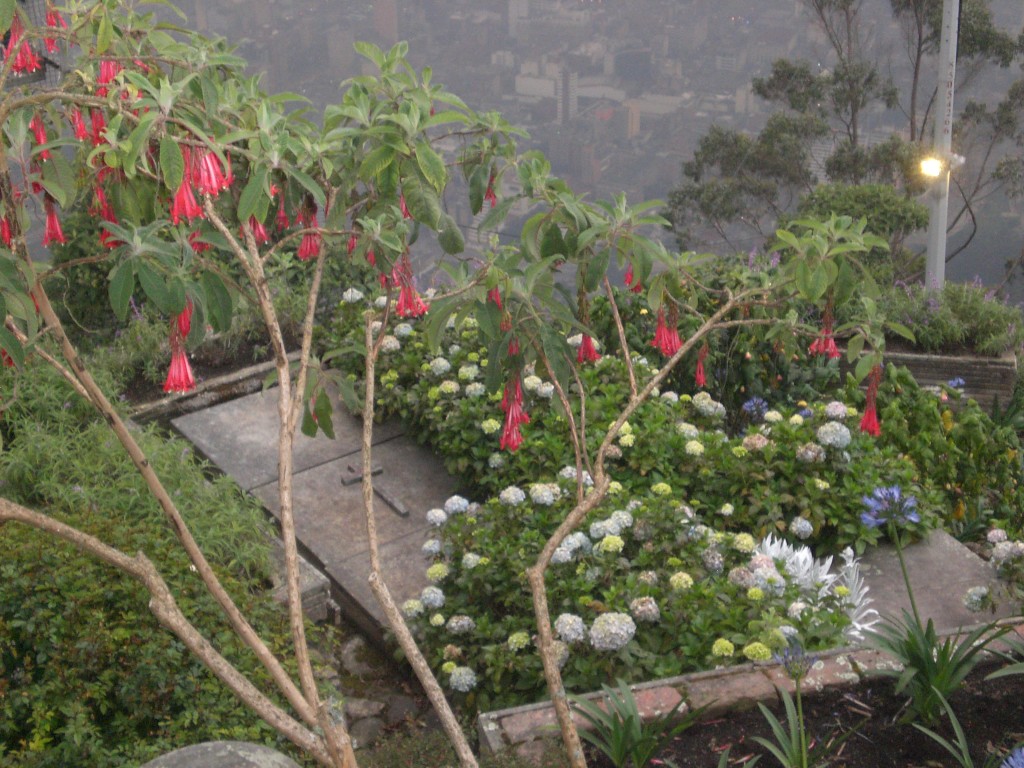
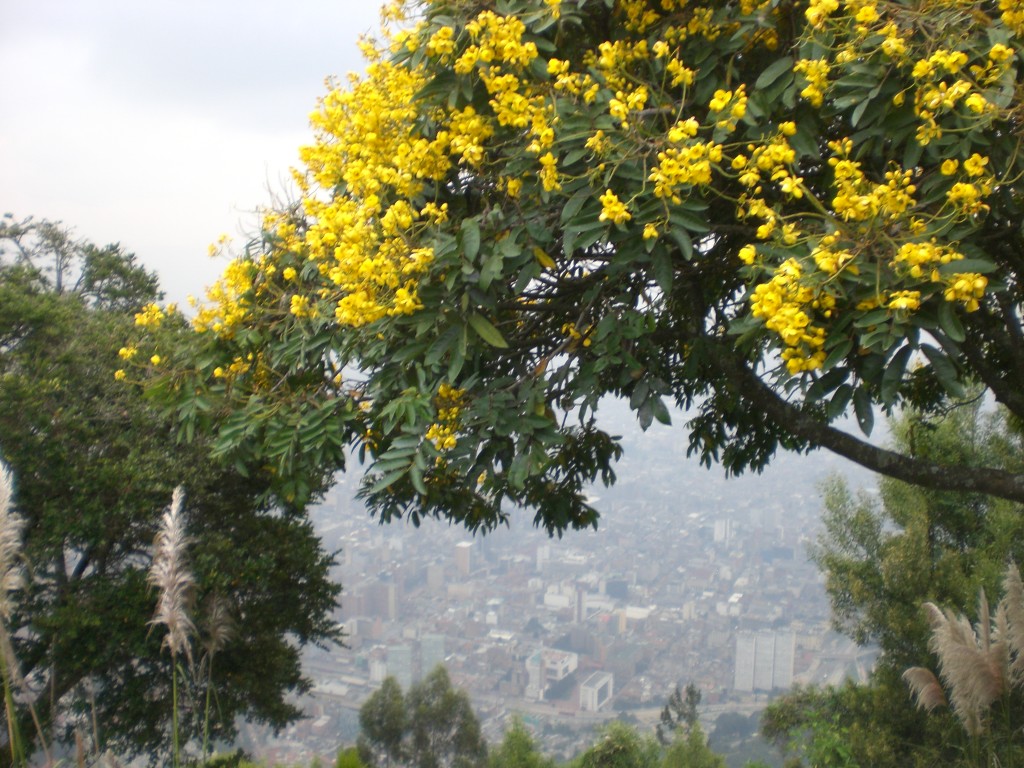
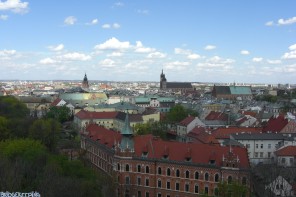
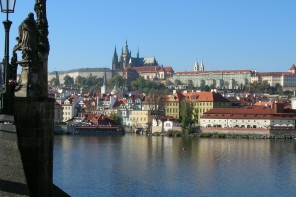
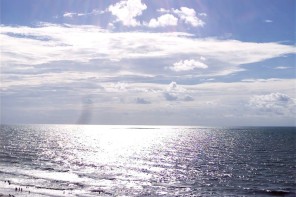

Great post – you have certainly convinced us! Add it to the bucket list 🙂
The Adventure Ahead recently posted…Top Dining Destinations: Puerto Viejo
I love reading about places I may not have thought about visiting. Then after reading about them, I change my mind and want to go see those places. That is how I feel about Bogota after reading about it.
I agree with Kim’s comment. Great post. Another place to add on my ever growing list!
My list keeps growing. It seems every time I turn around that I found another place I want to visit.